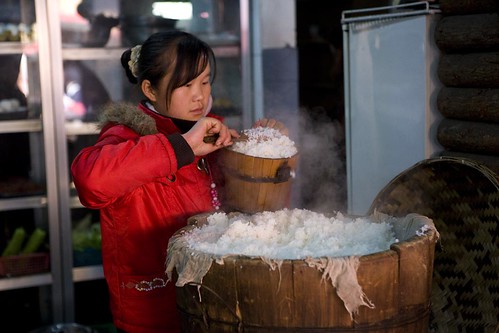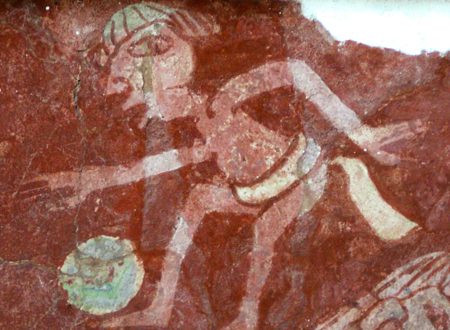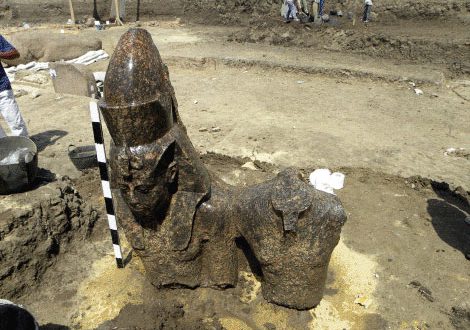 The Egyptians cut their multi-ton bricks so precise that, often, no mortar was needed for the construction of their monumental builds. The Romans mixed volcanic ashes in their ancient mortar, ensuring the Trajan Forum lasts for almost 20 centuries now. The ancient Chinese builders, however, opted for a more culinary solution: sticky rice mortar.
The Egyptians cut their multi-ton bricks so precise that, often, no mortar was needed for the construction of their monumental builds. The Romans mixed volcanic ashes in their ancient mortar, ensuring the Trajan Forum lasts for almost 20 centuries now. The ancient Chinese builders, however, opted for a more culinary solution: sticky rice mortar.
Scientists have discovered the the secret behind an ancient Chinese super-strong mortar made from sticky rice, concluding it still remains the best material for restoring ancient buildings today. The mortar a paste used to bind and fill gaps between bricks, stone blocks and other construction materials was developed in ancient china some 1,500 years ago, by mixing sticky rice soup with the standard mortar ingredient ofslaked lime.
The researchers identified ‘amylopectin’, found in rice and other starchy foods, as the secret ingredient responsible for the mortar’s legendary strenght.
“Analytical study shows that the ancient masonry mortar is a kind of special organic-inorganic composite material,” the scientists explained. “The inorganic component is calcium carbonate, and the organic component is amylopectin, which comes from the sticky rice soup added to the mortar. Moreover, we found that amylopectin in the mortar acted as an inhibitor: The growth of the calcium carbonate crystal was controlled, and a compact microstructure was produced, which should be the cause of the good performance of this kind of organic-organic mortar.”
The resulting ‘sticky rice mortar’ was stronger and more resistant to water than pure lime mortar, and, as professor of physical chemistry Bingjian Zhang notes, one of the greatest technological innovations of the time.
Builders used the material to construct important buildings like tombs, pagodas, and city walls, some of which still exist today. The tomb of Xu Pu and his wife, constructed using sticky-rice mortar, was strong enough to shrug off the effects of modern bulldozers and structures in Quan built with sticky rice-lime mortar survived the 7.5 grade earthquake of 1604 AD.
When restoring historical constructions, it is often needed to replace or repair the original masonry work, and the choice of mortar used for this is vital. Examining if sticky rice-lime mortar can be used for restoring ancient buildings, the scientists prepared lime mortars with varying amounts of sticky rice and tested their performance compared to traditional lime mortar.
“The test results of the modeling mortars shows that sticky rice-lime mortar has more stable physical properties, has greater mechanical strength, and is more compatible, which make it a suitable restoration mortar for ancient masonry buildings,” the article notes.
The paper ‘Study of Sticky Rice-Lime Mortar Technology for the Restoration of Historical Masonry Construction’ by Fuwei Yang, Bingjian Zhang and Qinglin Ma appeared in ‘Accounts of Chemical Research’ and can be consulted on the website of the American Chemical Society.




